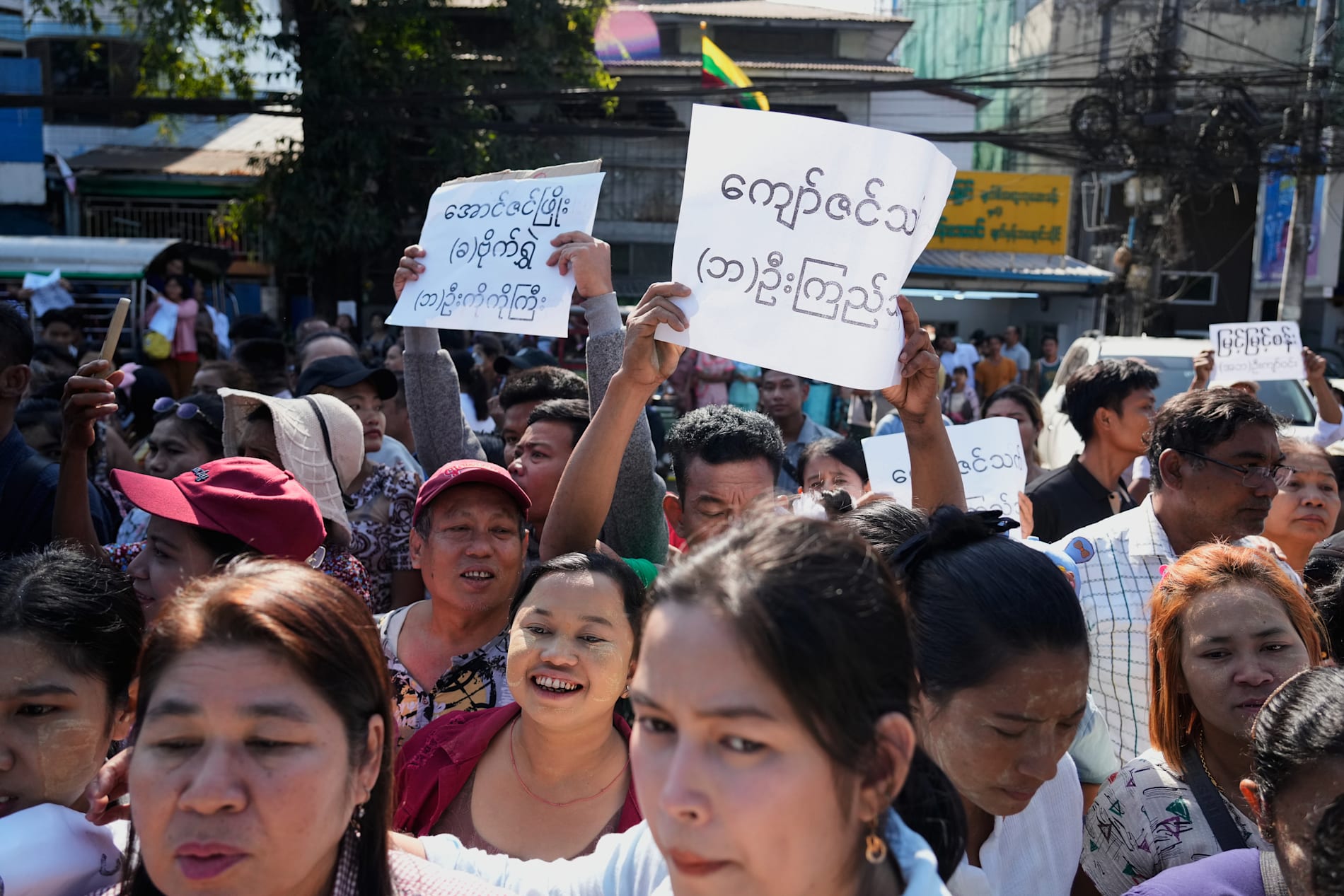Frederiksen to US: Stop with your threats

- There is absolutely no point in talking about the need for the US to take over Greenland, says the Danish Prime Minister after Donald Trump's latest statement.
The US president said on Sunday that he does not rule out more US interventions in other countries.
- We absolutely need Greenland. We need it for our defense, Trump told The Atlantic in an interview about the US intervention in Venezuela.
He also reiterated the "need" for American rule over Greenland, which he says "is surrounded by Russian and Chinese ships".
Part of NATO
This has caused Mette Frederiksen to react. She tells Danish TV2 that she strongly urges the US to stop threatening a historically close ally who "has very clearly said that they are not for sale".- The US has no right to annex one of the three countries in the commonwealth, she says, referring to Denmark and the two self-governing regions of the Faroe Islands and Greenland.
She also emphasizes that Greenland is part of NATO and is therefore covered by the alliance's security guarantees.
Donald Trump has had his eyes on Greenland since his last term, and he has spoken several times in the past year about the necessity for the US to take control of Greenland from Denmark.
Miller: Soon
Earlier this weekend, Katie Miller, former spokesperson for the US government and wife of Trump's colleague Stephen Miller, posted a picture of Greenland where the large island has been draped in the colors of the American flag.“Soon,” Miller wrote under the photo of X.
Greenland Prime Minister Jens-Frederik Nielsen called her post “disrespectful” on social media.
“It doesn’t change anything. Our country is not for sale,” he wrote.
And Swedish Prime Minister Ulf Kristersson (M) gave his support on X: “Only Denmark and Greenland have the right to decide on issues that concern Denmark and Greenland. Sweden fully stands up for our neighboring country.”




